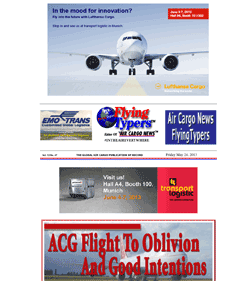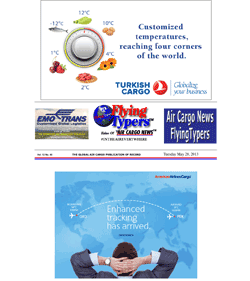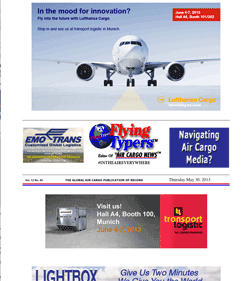 |
 |
|
| |
||
|
Vol. 12 No. 50 THE GLOBAL AIR CARGO PUBLICATION OF RECORD Monday June 3. 2013 |
|
|
|
|
Here
is the rest of the information
you may need to attend or learn
more about this week in Munich.
Of course, FlyingTypers
will also be on the scene, publishing
updates as soon as possible.
Geoffrey/Flossie
Arend
|
|
|
 |

“As
far as performance in the first
quarter of 2013, we remain in
line with the year-over-year
revenue and traffic performance
of our U.S. industry peer group.
“Munich
is a great opportunity for me
and my team to connect and strengthen
relationships with our customers
and key industry leaders.
“During
the event, we’re excited
to show a first peek at something
we’ve been working on
for quite some time—the
new aacargo.com.
“We’ve
listened to our customers, and
using their feedback, we’ve
created a brand new site that
is more intuitive, engaging,
and innovative.
“We
really think our customers are
going to be pleased.
“AA
Cargo wants our customers to
know we are a company that believes
in collaboration.
“Also
that we see ourselves as partners
to forwarders, and our goal
is to help them provide their
customers with creative solutions
for their shipping needs.
“And
it all starts with our people.
Our customers tell us all the
time that we have the best and
most dedicated sales and operations
teams in the industry, and we
are committed to providing our
customers with the best service.”

“We
continue to expand our global
network into Europe, Asia, and
Latin America, providing customers
with more shipping options to
meet their needs.
“Beginning
June 12, we are excited to offer
widebody seasonal service between
Chicago O’Hare and Helsinki,
Finland, as well as nonstop
service between New York –
JFK and Dublin, Ireland.
“These
new flights join our recent
new services between Dallas/Fort
Worth and Seoul, South Korea,
and Chicago O’Hare and
Dusseldorf, Germany.
“Later
this year, we’ll also
be adding the following service:
DFW to Bogota, Columbia; MIA
to Porto Alegre, Brazil; MIA
to Curitiba, Brazil and LAX
to Sao Paulo, Brazil.
“Just
this week on June 3, we began
offering cargo capacity in and
out of San Diego and Atlanta,
as well as New York –
LaGuardia on July 15.”

Mr.
Hashimoto points to continued
progress with a location tracking
initiative that will provide
piece-level tracking at the
house air waybill level across
the AA network.
“We’re
currently live in Boston and
Chicago,” Kenji said,”
and we’ll be rolling it
out to the rest of our U.S.
hubs and London by the end of
the year.
“In
May, as part of our continued
partnership with OnAsset Intelligence,
we rolled out a new, one-time
use program with FlightSafe,
the leading GPS and sensor-based
tracking device for air cargo
shipments.
“Customers
can now call us and add the
device to any U.S. domestic
and international shipments
for just a single fee.”
“We’re
committed to providing our customers
with the best service, that’s
why we’re continuously
investing in our infrastructure
and people.
“Late
last year, we opened our 1,800
square foot, state-of-the-art
container-friendly perishable
cooler in Dallas-Fort Worth.
“To
date, we now have dedicated
cooler facilities in Miami,
Chicago O’Hare, New York
– JFK, Los Angeles, Dallas/Fort
Worth, and London Heathrow.
“We’re
also finalizing an expansion
of our New York – JFK
controlled room temperature
(CRT) facility, designed specifically
for the movement of sensitive
cold chain shipments such as
pharmaceuticals.”
“This
adds to our other CRTs in Miami
and Chicago O’Hare, and
we expect additional expansion
to follow,” Kenji said.
Geoffrey/Sabiha
Arend
Get
On Board Air Cargo News
FlyingTypers |
| |
 |
If
You Missed Any Of The Previous
3 Issues Of FlyingTypers |
|||||
|
|||||
FT052413 |
FT053013 |
||||
|---|---|---|---|---|---|

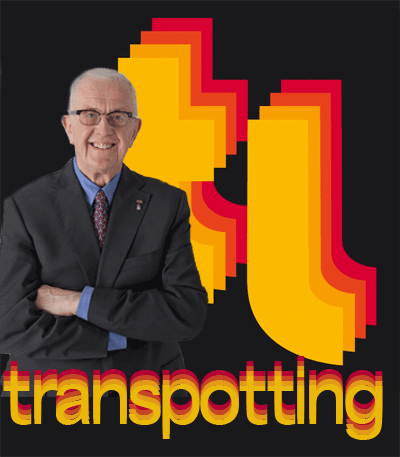
 he
15th Transport Logistik takes
off tomorrow, June 4-7, at New
Munich Trade Centre, with the
6th Air Cargo Europe as a partner
event.
he
15th Transport Logistik takes
off tomorrow, June 4-7, at New
Munich Trade Centre, with the
6th Air Cargo Europe as a partner
event.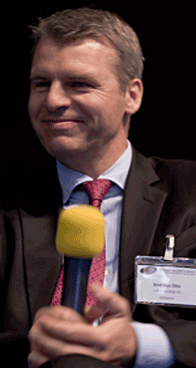
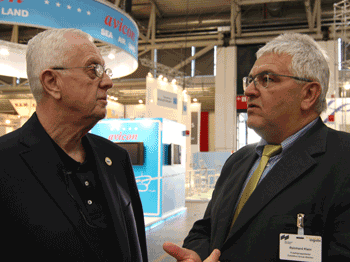
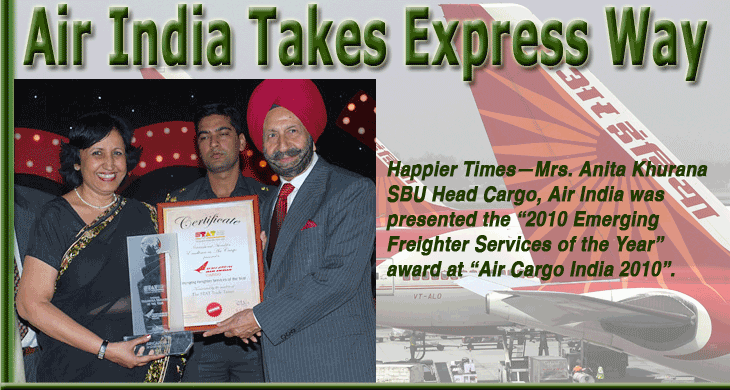
 ir
India, India’s national
carrier, is trying to claw back
into reckoning. Burdened with
debts and on life-saving financial
injections from the government,
the carrier wound up its cargo
business around the beginning
of last year, and is now thinking
of getting into the courier
business.
ir
India, India’s national
carrier, is trying to claw back
into reckoning. Burdened with
debts and on life-saving financial
injections from the government,
the carrier wound up its cargo
business around the beginning
of last year, and is now thinking
of getting into the courier
business.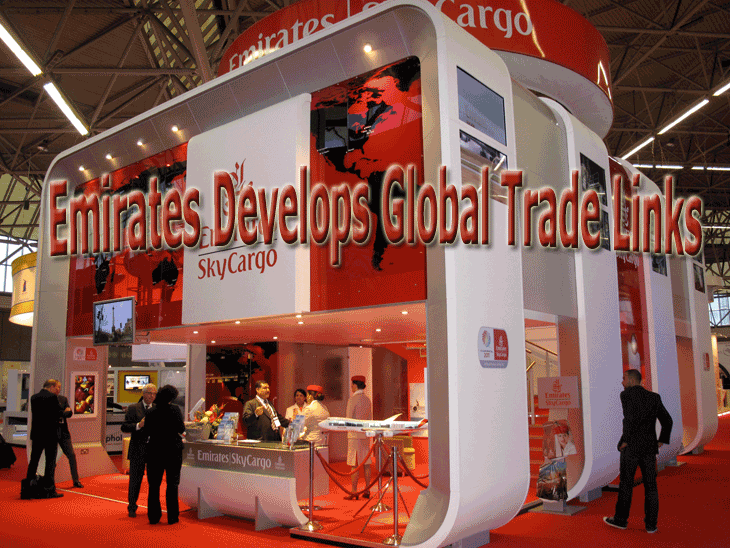
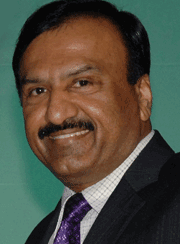
 rakash Nair, Manager of Network
Cargo Development, is sitting
inside a big Emirates SkyCargo
display at Air Cargo Europe
this week.
rakash Nair, Manager of Network
Cargo Development, is sitting
inside a big Emirates SkyCargo
display at Air Cargo Europe
this week.  “Nothing
is left to chance in our efforts
to stay on the message and see
that what we are saying is sinking
in.”
“Nothing
is left to chance in our efforts
to stay on the message and see
that what we are saying is sinking
in.”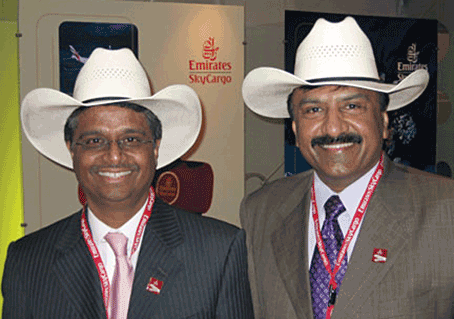
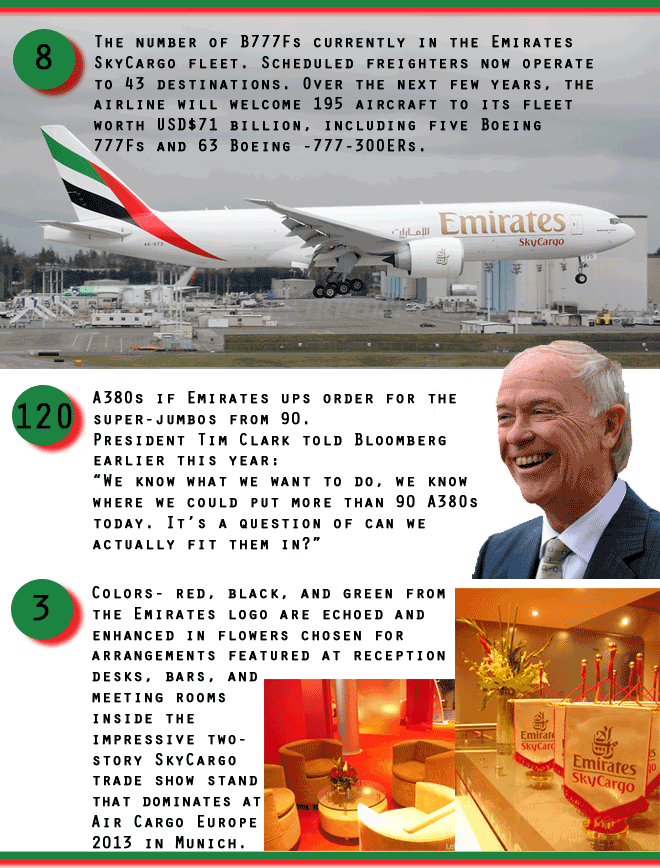
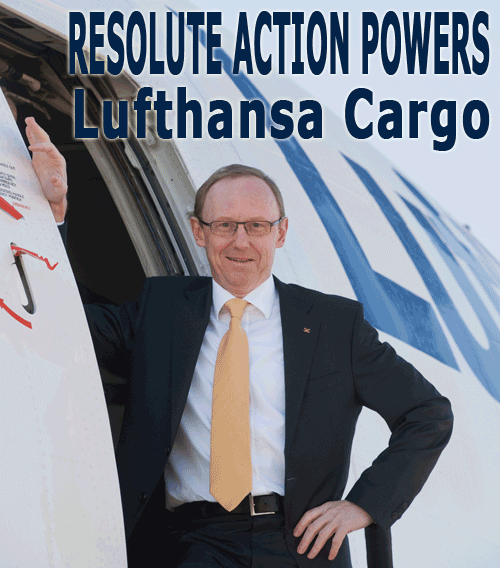
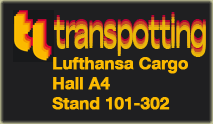 The
message at the big Lufthansa
Group exhibit inside Air Cargo
Europe this week is summarized
in direct terms by the German
national carrier’s top
air cargo executive, Karl Ulrich
Garnadt, who spoke to FlyingTypers
on the eve of Europe’s
largest air cargo event.
The
message at the big Lufthansa
Group exhibit inside Air Cargo
Europe this week is summarized
in direct terms by the German
national carrier’s top
air cargo executive, Karl Ulrich
Garnadt, who spoke to FlyingTypers
on the eve of Europe’s
largest air cargo event.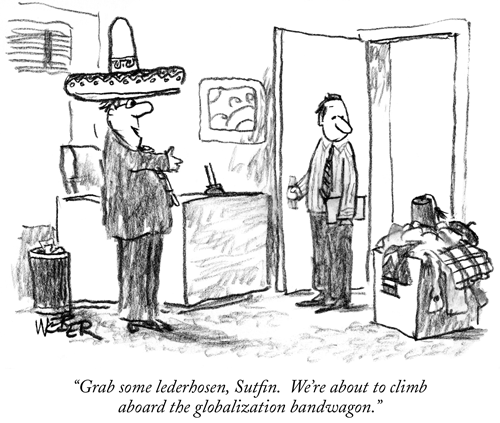
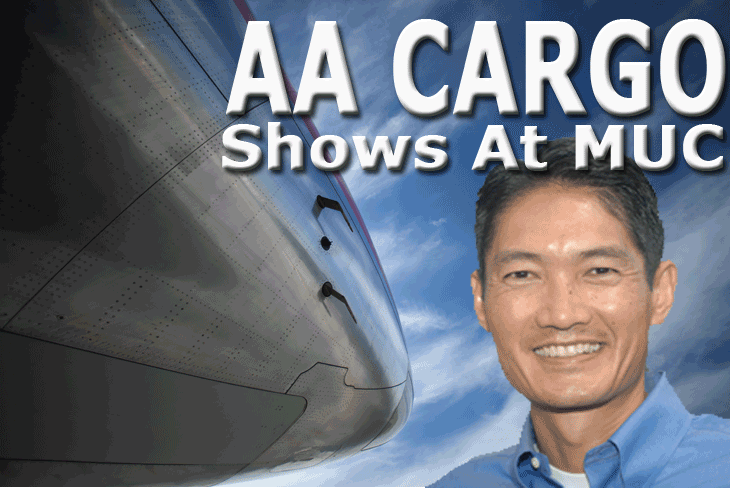

 omewhere
inside a stunning new display
stand that has its premier at
Air Cargo Europe this week in
Munich, Peter Scholten is leveraging
his considerable experience
and success in air cargo with
the revitalized powerhouse that
is emerging from Jeddah, as
Saudi Arabian Airlines Cargo
has energized itself globally.
omewhere
inside a stunning new display
stand that has its premier at
Air Cargo Europe this week in
Munich, Peter Scholten is leveraging
his considerable experience
and success in air cargo with
the revitalized powerhouse that
is emerging from Jeddah, as
Saudi Arabian Airlines Cargo
has energized itself globally. You
talk to Peter and his low key
approach (delivered in a voice
that is more soft growl) expresses
the confidence that as Saudia
Cargo moves forward, there will
be more destinations and air
cargo destined to be transported
into and via this gateway in
the Middle East, which is often
referred to simply as “The
Kingdom.”
You
talk to Peter and his low key
approach (delivered in a voice
that is more soft growl) expresses
the confidence that as Saudia
Cargo moves forward, there will
be more destinations and air
cargo destined to be transported
into and via this gateway in
the Middle East, which is often
referred to simply as “The
Kingdom.”